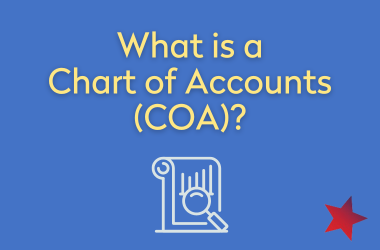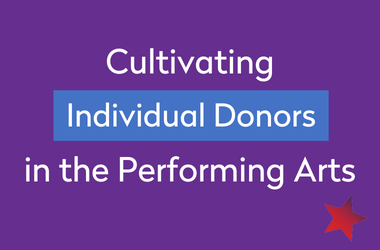What is a C-Corp?
What is a C-Corp, and how does it differ from other types of corporate structures?
A C corporation (C corp) is defined as a legal business entity that is taxed separately from its owners or shareholders. This includes performing arts entities. Often referred to as a “general for profit” corporation, C corps are the most common type of corporations, and they often have many shareholders. C corps are subject to both personal and corporate tax, and thus they are technically double-taxed (known as “double taxation”), with corporate taxes paid on earnings before distributions are made to shareholders (called dividends). The shareholders then pay personal income tax on these earnings.
How are C-Corps Created?
Double taxation is a tax principle referring to income taxes paid twice on the same source of income. It can occur when income is taxed at both the corporate level and personal level. Double taxation also occurs in international trade or investment when the same income is taxed in two different countries. It can happen with 401k loans. While double taxation is less desirable for many smaller entities, larger companies choose this structure because they can reinvest profits in the company at a lower corporate tax rate. C corps must hold a shareholder and director meeting each year, complete with recorded minutes and voting records. Regulations and recordkeeping are more stringent for C corps, so it’s a good idea to study this structure carefully and employ the help of a good accountant and lawyer before selecting this option.
Many Performing Arts Entities are an Ideal Fit to Become C-Corps
If your company plans to go public or seek significant investment from venture capitalists, angel investors, or have a large number of shareholders or plan to have a large number of shareholders then a C-Corp structure is your safest bet. You should also look into this structure if your company is likely to face a high risk of legal liability, such as product liability or personal injury claims.
Related Resources
What is a Chart of Accounts (COA)?
What is a Chart of Accounts (COA)?Why is a Chart of Accounts (COA) important for your bookkeeping practices? A Chart of Accounts (COA) is a list of the accounts that an organization has identified for recording and allocating transactions in its general ledger. Within...
Financial Audit Vs. Financial Review
Key Differences Between a Financial Audit & Financial ReviewA financial audit and review are two different types of financial assessments conducted by professionals to evaluate the accuracy and completeness of financial statements. The main difference between an...
Cultivating Individual Donors in the Performing Arts
Cultivating Individual Donors in the Performing ArtsDevelopment & Fundraising through Individual Donations Everyone needs money, and if you are an artist, nonprofit, or dance organization, a good chunk of your income is probably raised through fundraising. In the...



